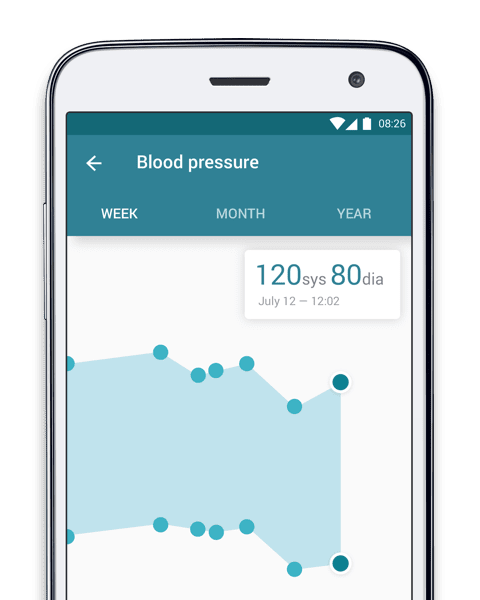Many people assume using an inhaler is very simple and intuitive, but that’s not always the case. It’s entirely possible to use an inhaler improperly for years without realizing it. This reduces the amount of medication reaching the lungs and in turn, reduces the effectiveness of an inhaler as a treatment. By taking time to ensure you fully understand the steps and care required to properly use an inhaler you can get the most out of your treatment.
Step-by-step inhaler usage guide:
Please note that you should always follow your doctor’s instructions exactly and carefully read the information provided with your inhaler. This guide provides information that may apply to most inhalers, but it cannot replace your doctor’s advice.
Preparation:
Before you use your inhaler, you’ll need to prep it. First, try and remember when you last used your inhaler. If it has been a while, or if you’ve never used it before, you’ll likely need to prime it. For instructions on priming your specific inhaler, refer to the documentation you received when you got it. After priming the inhaler, take the cap off and look to make sure there isn’t dust, dirt, or obstructions in the mouthpiece. Then, shake the inhaler firmly ten to fifteen times (you’ll need to do this before each use.)
Breathing in and out:
Once your inhaler is ready, exhale as much as you can, emptying your lungs. Place the mouthpiece between your lips and begin slowly breathing in. Just as you begin to breathe in, press down on the inhaler. After pressing on the inhaler, continue breathing until your lungs are full.
Once you’ve taken a deep breath in, try and hold it for ten seconds. This allows the medicine to be fully absorbed into your lungs. After ten seconds, slowly exhale. Depending on the specific medication you’re using you may be required to wait at least one minute before taking another dose. Speak with your doctor or check the documentation for your inhaler if you’re unsure about this.
After you’re done using your inhaler you should rinse your mouth out with water. Do not swallow the water, but gargle and spit. By rinsing your mouth immediately after use you can reduce the side effects of the medicine. This step may be more important for some patients than others, depending on their prescriptions and their reactions to the medication. If you’re unsure how you respond to your medication it’s always better to be cautious.
You may also find the below video useful. It shows the process of using an inhaler step-by-step and can be applied to most inhalers.
Inhaler cleaning and care:
Cleaning most inhalers is a very simple process, but one that is important to remember. Generally, you should clean your inhaler daily or every few uses to prevent a build-up of dried medication or debris. To clean your inhaler, remove the medication and rinse the mouthpiece with warm water, but do not use soap. Never rinse the canister itself. After washing, just let the mouthpiece air dry before putting the canister back in.
Aside from cleaning your inhaler, there are a couple of other considerations to make sure it remains fully functional. You should always store your inhaler with the cap on, and only store it at room temperature. Additionally, you should take care never to expose your inhaler to direct sunlight or sharp objects that could puncture the canister.
Additional inhaler tips:
There are a few additional pieces of information that can make life with an inhaler a little bit smoother. First, you should keep a close eye on when you need to replace your inhaler. Some inhalers come with dose counters, making it easy to get a refill when it’s time. However, there are other signs that you may need a new inhaler even if you haven’t run out of puffs. If you notice any rust, cracks, or melting anywhere on your inhaler you should seek a replacement. You may also notice that even if you have doses left, the medication isn’t dispensing as it normally would. If this is the case, you should first try cleaning the inhaler. If medicine still isn’t being dispensed, as usual, seek a replacement.
If you’re having trouble using your inhaler you may want to speak with your doctor about using a spacer. A spacer is an add-on for inhalers that makes it easier to breathe in. These can be especially useful for patients who aren’t confident with the process of using an inhaler or for caretakers who need to help someone else with using their inhaler.
Here are some other blog posts we think you might enjoy:
4 Smart Inhalers that Could Be Lifesaving for People Living with Asthma & COPD



